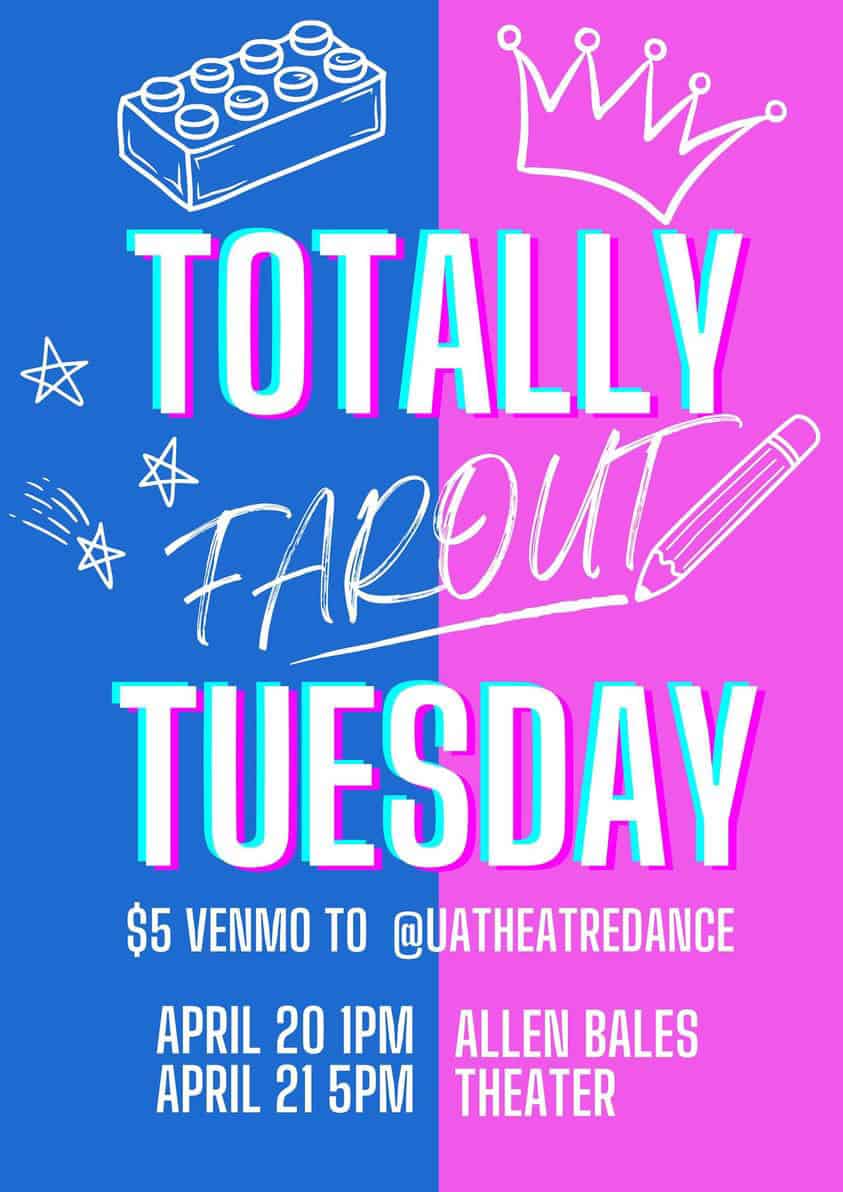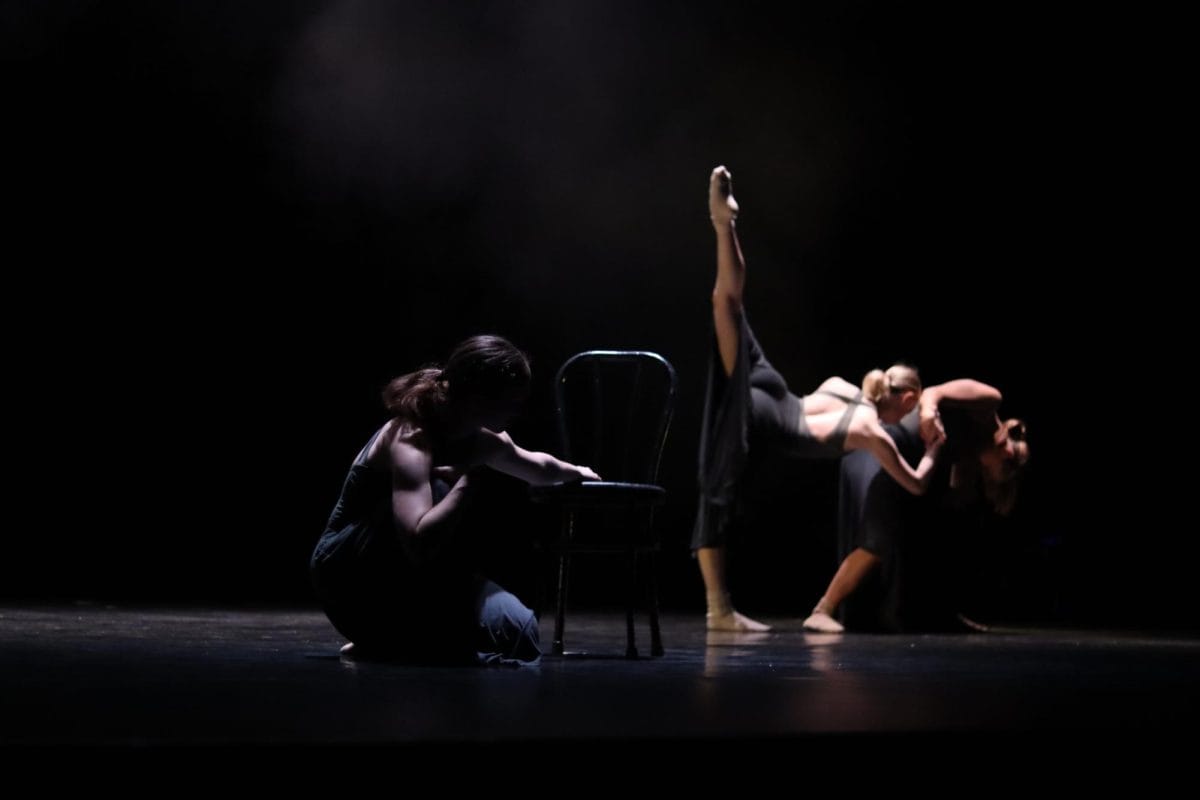Before we get all caught up in discussing how this record sounds (‘cause anytime the Neil Young aesthetic is presented for consideration, heated disagreement will inevitably ensue), it seems prudent to establish one foundational tenet upon which we may indubitably proceed: “A Letter Home” is the most Neil Young-y album Neil Young could have possibly released in the year 2014.
The man most notorious for the idiosyncrasy of his reedy, high-pitched whine has also spent his 45-odd-year career cultivating a well-deserved reputation for the consistent inconsistency of his gargantuan musical output (this is his 35th solo studio album, not to mention a handful of live recordings and archival releases).
You’ve sung along to the country-tinged majesty of “Heart of Gold” whenever Dad left the car radio on the classic rock station, and you’ve braced for the face-smacking wall of six-string crunch in the feverish guitar epic “Down by the River.” But Young’s WTF-inducing forays into 1950s rockabilly (1983’s “Everybody’s Rockin’”), Kraftwerk-inspired electronica (1982’s “Trans”) and half-hour stretches of unbroken, indistinguishable feedback noise (1991’s “Arc”) seem to pop up once (or thrice) every few years, just to keep the body guessing.
Now, in the midst of a dogged two-year campaign spent talk-show hyping and Kickstarter fundraising for his new, high-resolution Pono music player system, and just more than a week after a Michael Jackson hologram’s performance at the Billboard Music Awards was broadcast simultaneously to home television sets across the nation, Neil releases a covers collection recorded with three-fourths sized guitar in a telephone booth (a refurbished 1947 Voice-o-Graph direct-to-vinyl recording setup at Jack White’s Third Man Records in Nashville, Tennessee – quite literally the size of a phone booth) that sounds just as speakerphone-in-the-men’s-room-y as you are thinking it sounds.
Make that two statements we can agree upon: Neil quite clearly recorded and released “A Letter Home” because it’s exactly what he wanted to do.
Sometimes it works, and sometimes it doesn’t.
On Willie Nelson’s “Crazy,” Young replaces a verse with an imperfectly winsome whistle, and the recording booth’s low-fi limitations wither Neil’s voice to a powerful distillation of an old timer’s longing and regret as his gentle guitar strums irregularly shift forward and backward in the sound mix, depending on the instrument’s proximity at any particular moment to the setup’s one microphone. It’s a charming tribute to the song that earned Willie his first taste of songwriting notoriety way back in 1961.
Not so for Nelson’s “On the Road Again,” in which Jack White’s backup vocals and piano barely come through, and Young’s harmonica overloads the recording in a piercing screech.
Your time spent listening to these versions of Tim Hardin’s “Reason to Believe” and Ivory Joe Hunter’s “Since I Met You Baby” could be better spent checking out the originals, but Young delivers a haunting take on Bruce Springsteen’s “My Hometown.” Monotonous guitar plucks replace the textural, slow-build synthesizers of the 1985 original, and Young’s whimper refuses to offer the refuge of any change in dynamics, repeating the chorus with shrill resignation until it clutches at the compulsory force of spectral mantra.
Young and White’s quirky inflections intertwine beautifully for the high, lonesome chorus of the Everly Brothers’ “I Wonder If I Care As Much,” and Young’s interpretation of Gordon Lightfoot’s “Early Morning Rain” quivers with misty-eyed yearning.
Perhaps the record’s most poignant moment comes at 0:47 of Lightfoot’s “If You Could Read My Mind.” There’s a total pause, the only sound an ambient crackle and hum as Young’s voice and guitar cede center stage to the Voice-o-Graph’s mechanisms and acoustics. Only Neil will ever know for sure whether the hiccup is deliberate or a mistake. But it’s not a break in the music. It’s a brief respite, a half-second of human hesitation that pierces the low-fidelity obstructions separating audience and performer for a hominal instant of vulnerable immediacy.






